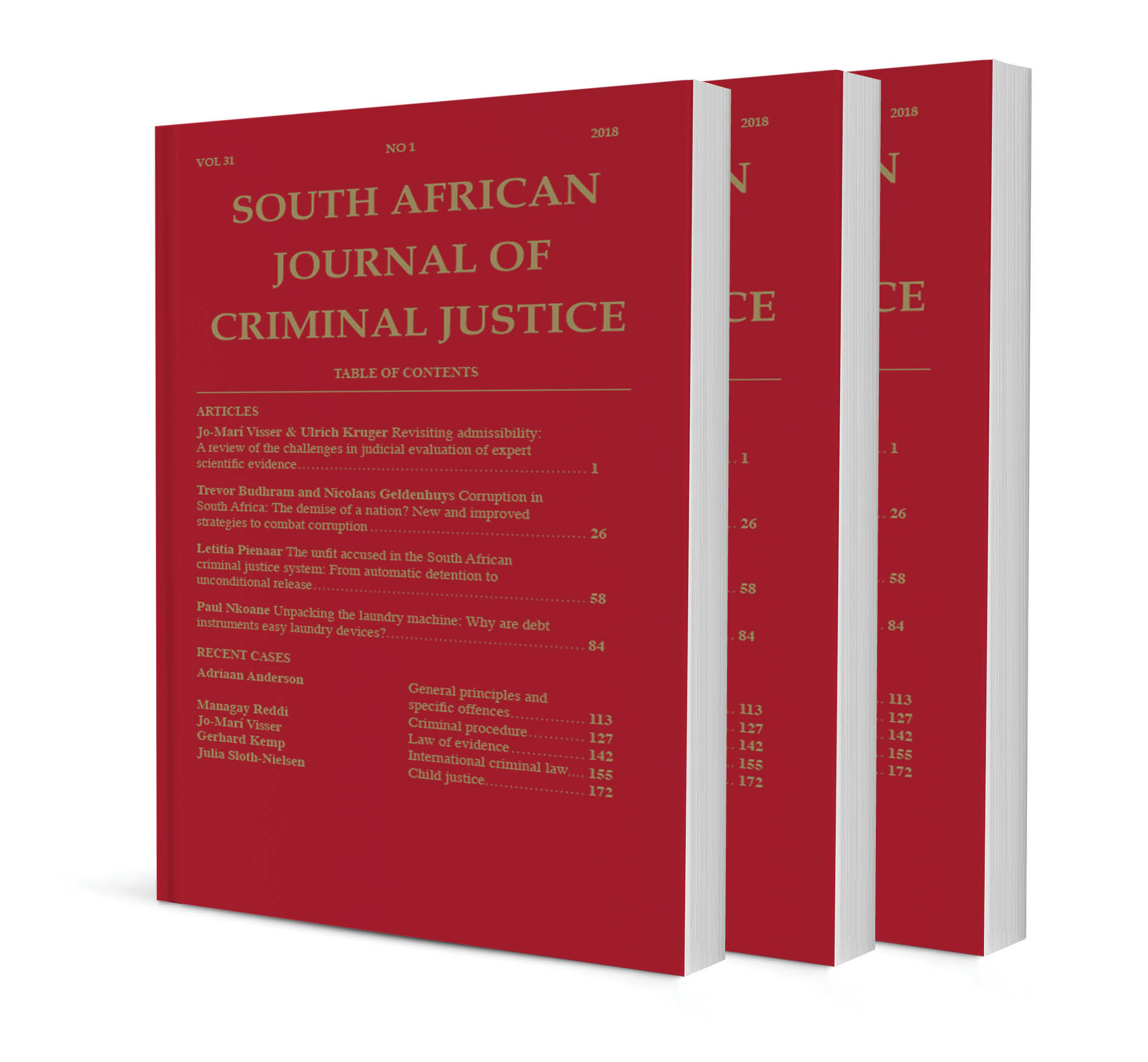Reflections on sentencing in Tanzania

Reflections on sentencing in Tanzania
Author Edward Hoseah
ISSN: 1996-2118
Affiliations:Edward Gamaya Hoseah, PhD in Law (University of Dar es Salaam); Advocate of the High Court, Tanzania.
Source: South African Journal of Criminal Justice, Volume 33 Issue 1, p. 89 – 105
Abstract
This commentary explores the sentencing regime in Tanzania, beginning with pre-colonial arrangements that focused on practices now described as ‘restorative’ forms of justice. A leading case is discussed to show how disputes were resolved in pre-colonial Tanzania. The article then turns to examine the contemporary sentencing regime. The Court of Appeal is the highest judicial body in Tanzania. Their decisions are followed and binding on all courts below it. More recently, statutory authority over judicial discretion has undermined the ability of the judiciary to individualise sentencing. Current judicial pronouncements on sentencing are scattered and there is an absence of guidelines to assist judges and users of the court system. After discussing the objectives of sentencing in Tanzania, and the principal sanctions, the author offers some commentary on the direction of necessary reforms in this jurisdiction. The commentary further notes the absence of comprehensive and coherent guidelines to assist the courts in making an informed choice at sentencing. Sentencing guidelines set the initial benchmark and help courts to achieve uniformity and consistency in sentencing. As other contributions to this special issue of the journal demonstrate, several African jurisdictions have adopted guidelines, thereby providing Tanzania with working models for potential reforms.